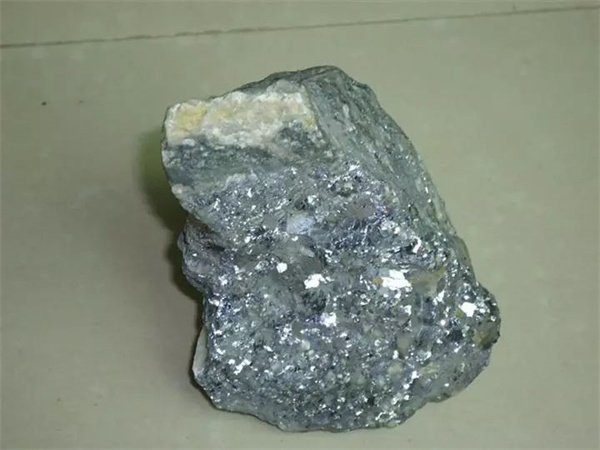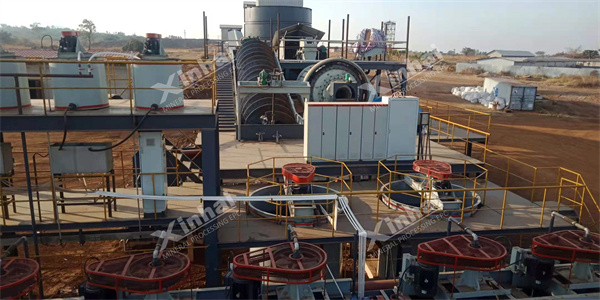Silver molybdenum ore, as an important mineral resource, has significant implications for industrial production and economic development through its effective development and utilization. The flotation process, as the core technology for extracting valuable silver and molybdenum from silver molybdenum ore, directly affects the efficiency of mineral processing and product quality through its scientific and rational process.

Silver molybdenum ore is usually composed of multiple minerals, with silver and molybdenum occurring in different forms in the ore. Understanding the mineral composition, particle size distribution, and dissemination characteristics of ores is a prerequisite for optimizing flotation processes.
Before flotation, silver molybdenum ore needs to undergo pretreatment steps such as crushing, screening, and grinding to achieve the appropriate particle size, ensuring that the minerals are fully dissociated and creating conditions for subsequent flotation.
Flotation is a mineral processing method based on differences in mineral surface properties. The difference in floatability of silver molybdenum minerals is mainly influenced by their surface properties and chemical composition, which determine the hydrophilicity and hydrophobicity of the minerals during flotation.
The selection of flotation reagents is crucial for improving the flotation efficiency of silver molybdenum ore. Collectors can enhance the hydrophobicity of minerals, making them easy to adhere to bubbles and float up; Adjusters, foaming agents, and inhibitors are used to adjust the chemical environment of the slurry and optimize the flotation process.

The flotation process of silver molybdenum ore usually includes steps such as coarse selection, fine selection, and sweep selection. Rough selection aims to preliminarily separate valuable minerals; Selected products are further purified to remove impurities; Scan and select to recover valuable minerals from tailings. Closed loop circulation ensures the continuity and stability of the flotation process.
Grinding and grading: After coarse and fine crushing, silver molybdenum ore is ground to a certain fineness by a ball mill to ensure complete mineral dissociation. The grading operation ensures that the particle size of the selected slurry is appropriate, providing good conditions for subsequent flotation.
Slurry adjustment and addition of reagents: Before flotation, adjust the slurry to a suitable concentration and add a certain amount of flotation reagents, including collectors, frothers, adjusters, etc., to activate the mineral surface and enhance its floatability.
Rough separation operation: in the rough separation stage, the pulp is floated through the flotation machine, and valuable silver molybdenum minerals will attach to the bubbles and float up, forming a rich foam layer, while gangue and other impurities are left in the pulp.
Selection and sweeping: after dehydration, the foam layer obtained from rough selection enters the selection operation for further purification to remove impurities brought in by rough selection. Scanning selection is the reprocessing of tailings to recover valuable minerals and improve resource utilization efficiency.
Product processing and dehydration: The selected silver molybdenum concentrate undergoes dehydration, drying, and other steps to form the final product. Tailings are treated appropriately before being discharged or used for other purposes.
The flotation process of silver molybdenum ore is a systematic process that involves multiple links and steps. By optimizing pretreatment, selecting flotation reagents reasonably, and precisely controlling process parameters, the flotation efficiency and product quality of silver molybdenum ore can be significantly improved. With the continuous advancement of mineral processing technology, the future silver molybdenum ore flotation process will be more efficient and environmentally friendly, achieving sustainable utilization of resources.